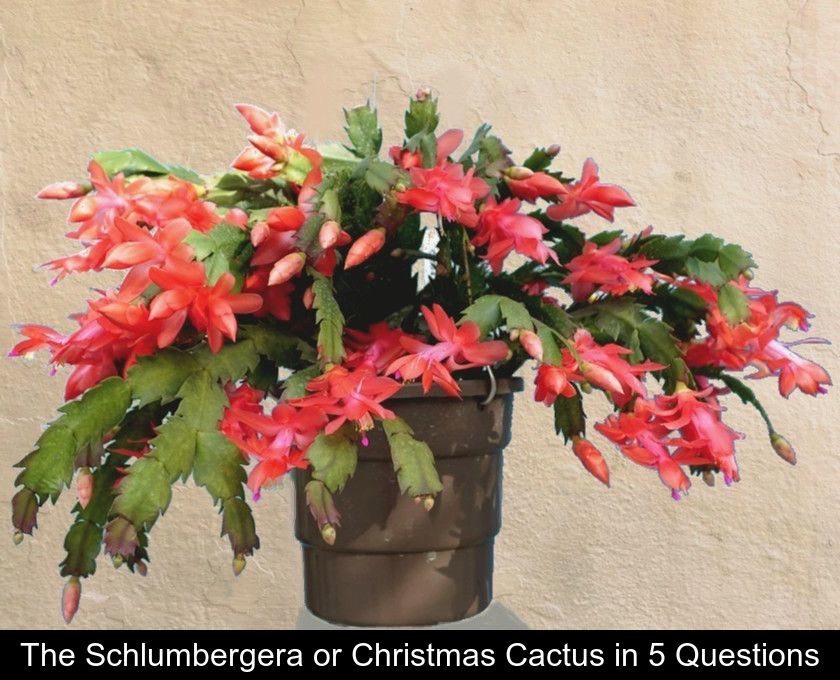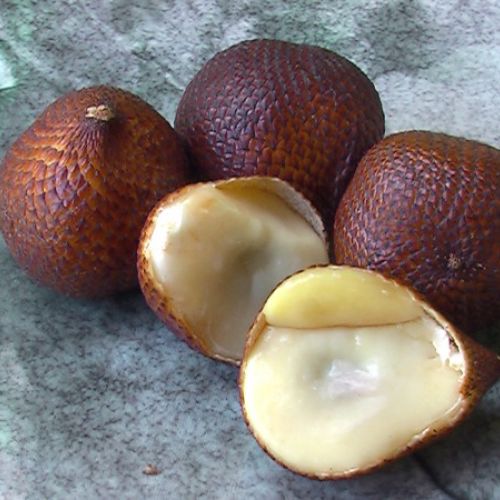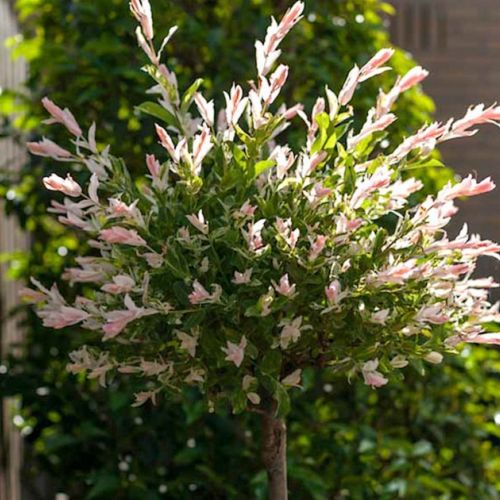The Schlumbergera Or Christmas Cactus In 5 Questions
The Schlumbergera, better known as the Christmas cactus, is a pretty indoor plant that has the unique feature of blooming in autumn and winter. Not very cold-hardy, this succulent plant is easy to maintain and propagate. It lives up to its name by producing spectacular flowers during the holiday season.
What is a Christmas cactus?
The Christmas cactus is an indoor plant from the Cactaceae family. Native to the tropical forests of South America, it is not very resistant to cold and is cultivated as a houseplant.
This succulent plant is highly appreciated for its spectacular winter flowering, from October to February.
Note: the genus Schlumbergera includes 6 species that all produce pink flowers:
• Schlumbergera kautskyi
• Schlumbergera opuntioides
• Schlumbergera truncata
• Schlumbergera russelliana
• Schlumbergera orssichiana
• Schlumbergera microsphaerica.
In stores, you will find numerous hybrids of these species, with purple, pink, white, orange, or red flowers. The true "Christmas cactus" is the hybrid Schlumbergera x buckleyi. Besides its decorative aspect, this flowering plant also has air-purifying properties.
The name Schlumbergera originates from where?
The Schlumbergera bears a name that's hard to pronounce. That's why it's better known by the nickname Christmas cactus.
It was the botanist Charles Lemaire (1801-1871) who named this botanical genus Schlumbergera, in honor of Frédéric Schlumberger, a French collector of cacti.
3- How to care for a Christmas cactus?
The Christmas cactus is an easy-to-maintain indoor plant. It can be grown in pots or hanging baskets, where its trailing habit looks most impressive.
The schlumbergera prefers a very bright location, but without direct sunlight, and a light, well-drained soil. It is recommended to repot it in a mixture of sand and potting soil, or to place clay pebbles or gravel at the bottom of the pot to improve drainage.
It should be watered regularly and misted, but never leave water in the saucer.
How to make a Christmas cactus bloom?
To flourish well, the Christmas cactus requires regular watering, with small amounts of water at each watering. The addition of special cacti fertilizer every 15 days promotes blooming.
Note: do not move this plant after the first flower buds appear as they might fall off.
After blooming, reduce watering. In summer, keep the plant cool and put it on a dry regime for a month to encourage new flowering. The ideal temperature in summer is between 18 and 21°C.
Also, consider repotting your Christmas cactus every 2 to 3 years after blooming.
5- How to propagate a Christmas cactus?
The Christmas cactus is a succulent plant easy to propagate, like most succulents.
Propagation is done after flowering, by following these steps:
- take young terminal cuttings.
- dip them in rooting hormone.
- plant them in seedling and cutting compost.
- place your cuttings in a warm and bright location (at about 20-21°C).
Propagation is effortless because this plant tends to spontaneously produce roots at the base of its pseudo-leaves.









